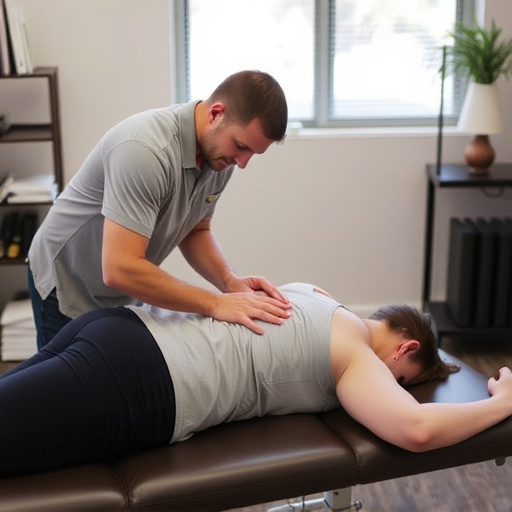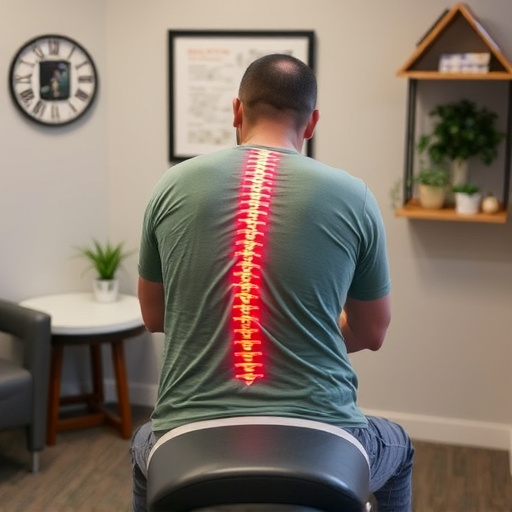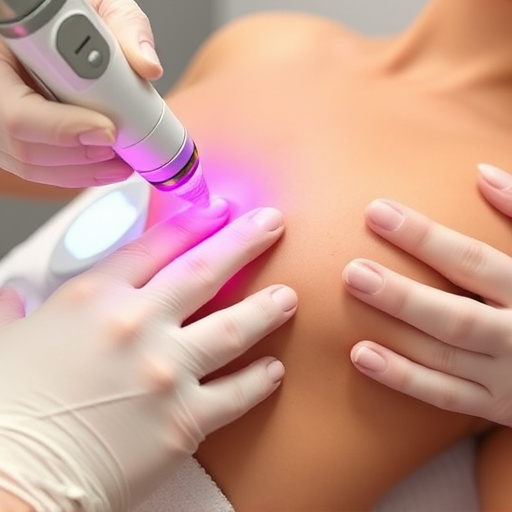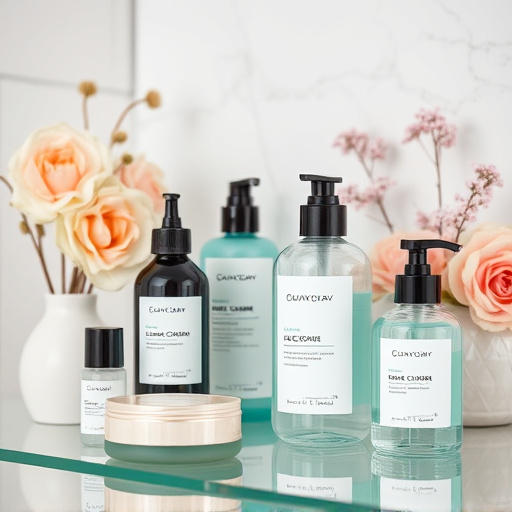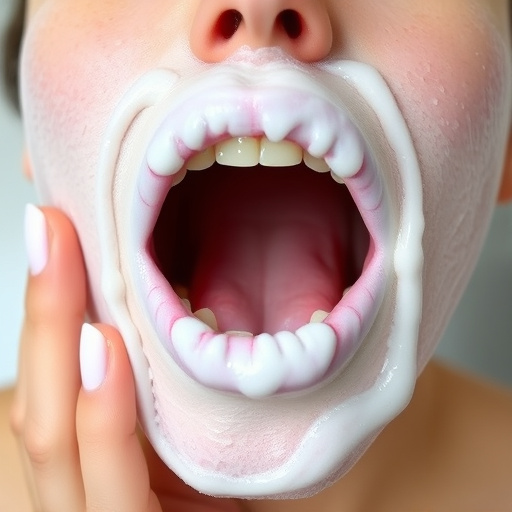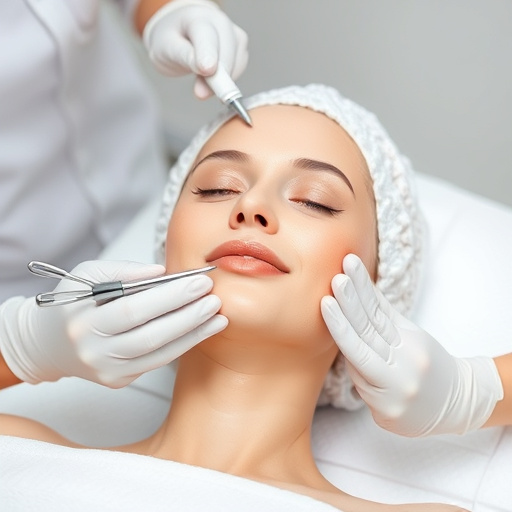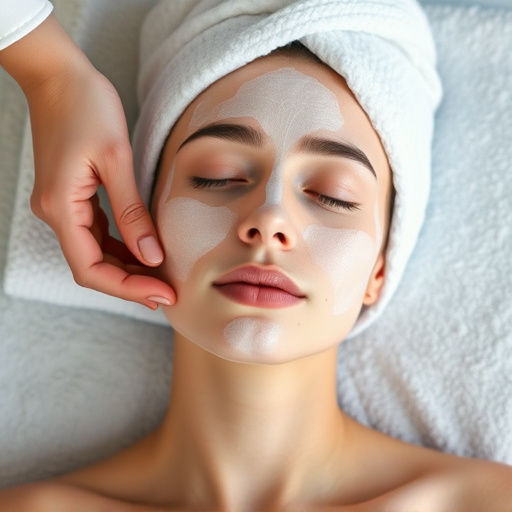Stretch marks, caused by rapid growth or weight changes, lead to scar tissue and discoloration. Topical treatments with retinol, vitamin C, and peptides stimulate collagen and elastin production. Modern technologies like microdermabrasion, laser therapy, IPL, and RF offer non-invasive solutions, refining stretch mark reduction options for smoother, even skin.
Stretch marks, often a byproduct of rapid weight changes or growth spurts, can leave unsightly scars and discoloration. Fortunately, various stretch mark treatments exist to reduce their appearance. This article delves into the science behind these markings, exploring causes and types. We then offer an in-depth look at topical treatments that promise results. Additionally, we highlight non-invasive procedures and emerging technologies for those seeking more advanced solutions. Discover how to reclaim your skin’s smooth surface with effective stretch mark treatment methods.
- Understanding Stretch Marks: Causes and Types
- Topical Treatments for Improving Appearance
- Non-Invasive Procedures and Emerging Technologies
Understanding Stretch Marks: Causes and Types
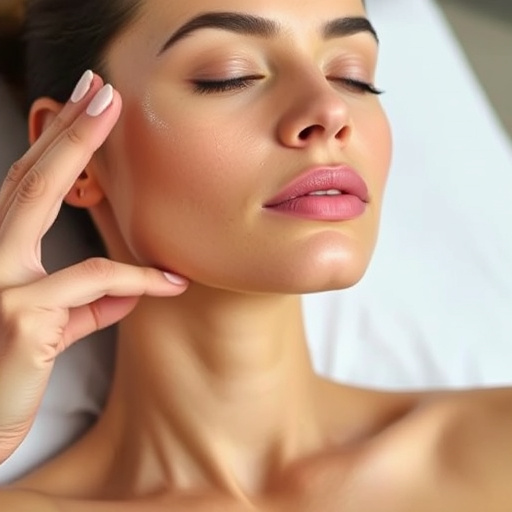
Stretch marks, also known as striae, are common skin markings that can appear during rapid growth or weight changes. They are caused by the stretching of elastic fibers in the dermis, leading to a breakdown of collagen and elastin. This results in a visible scar-like mark on the surface of the skin. Understanding the causes and types of stretch marks is essential when considering effective stretch mark treatment options.
There are two primary types: striae rubrae and striae albae. Striae rubrae, or red stretch marks, occur immediately after rapid stretching and appear pink or purple in color. As they mature, they often fade to a lighter brown or white, becoming striae albae, or white stretch marks. While more common during pregnancy and puberty, stretch marks can also develop due to rapid weight gain or loss, hormonal changes, or certain medical conditions. The key to successful stretch mark treatment lies in addressing both the scar tissue formation and skin discoloration associated with these markings, often involving a combination of topicals, treatments, and lifestyle adjustments.
Topical Treatments for Improving Appearance

Topical treatments play a significant role in stretch mark treatment, offering effective ways to reduce scars and discoloration. Ingredients like retinol, vitamin C, and peptides are renowned for their skin-rejuvenating properties. Retinol, a derivative of vitamin A, stimulates collagen production, helping to improve skin texture and fade stretch marks over time. Vitamin C, an antioxidant powerhouse, brightens the skin by neutralizing free radicals and promoting healthy collagen synthesis. Peptides, on the other hand, are tiny chains of amino acids that signal cells to produce more collagen and elastin, leading to a smoother, firmer complexion.
Incorporating these topical solutions into your skincare routine can provide noticeable results, including improved skin tone and reduced wrinkle appearance. Additionally, some products combine multiple active ingredients for synergistic effects, offering a comprehensive stretch mark treatment approach that addresses scars, discoloration, and even tightens the skin. Remember, consistency is key; regular application of these topical treatments will yield the best outcomes.
Non-Invasive Procedures and Emerging Technologies

In the realm of stretch mark treatment, non-invasive procedures have emerged as popular choices for those seeking to reduce scars and discoloration left by rapid weight gain or growth spurts. These methods offer a gentle approach to skin rejuvenation without the need for invasive surgery. One such technology involves microdermabrasion, which uses fine crystals to gently exfoliate the skin’s surface, promoting collagen production and improving skin texture. Another popular non-surgical treatment is laser therapy, which can target specific pigments in stretch marks, helping to fade them over time.
Emerging technologies continue to revolutionize stretch mark treatment options. For instance, intense pulsed light (IPL) therapy has shown promising results in skin brightening and reducing the appearance of stretch marks. This non-invasive procedure uses broad-spectrum light to target melanin, evenly distributing it across the treated area. Additionally, radiofrequency (RF) treatments stimulate collagen production by heating the deeper layers of the skin, leading to improved skin health and a more even tone. These advanced techniques offer hope for those looking to minimize stretch marks discreetly and effectively.
Stretch marks, while common, can be reduced and treated effectively. By understanding their causes and types, individuals can explore a range of options for improvement, from topical treatments to non-invasive procedures. Incorporating these strategies into skincare routines offers hope for minimizing scars and discoloration associated with stretch marks, providing a more even and healthy complexion. For effective stretch mark treatment, it’s essential to consult professionals who can guide personalized approaches, ensuring optimal results.


